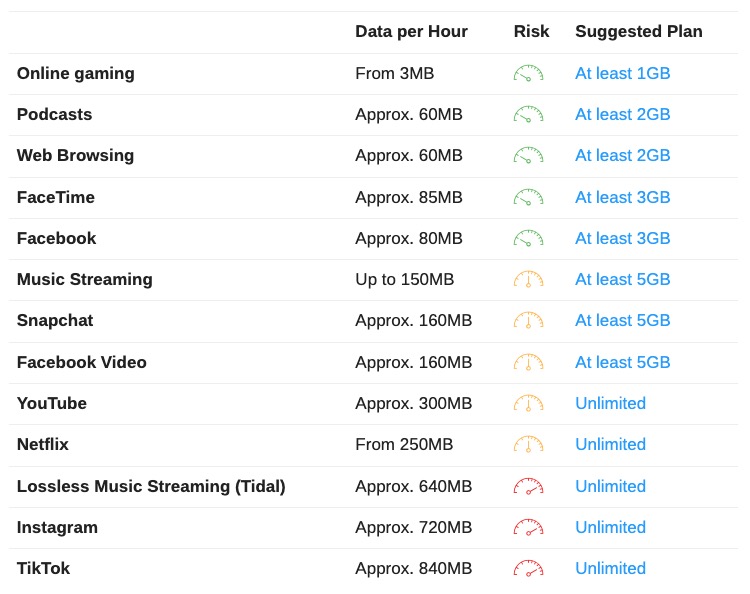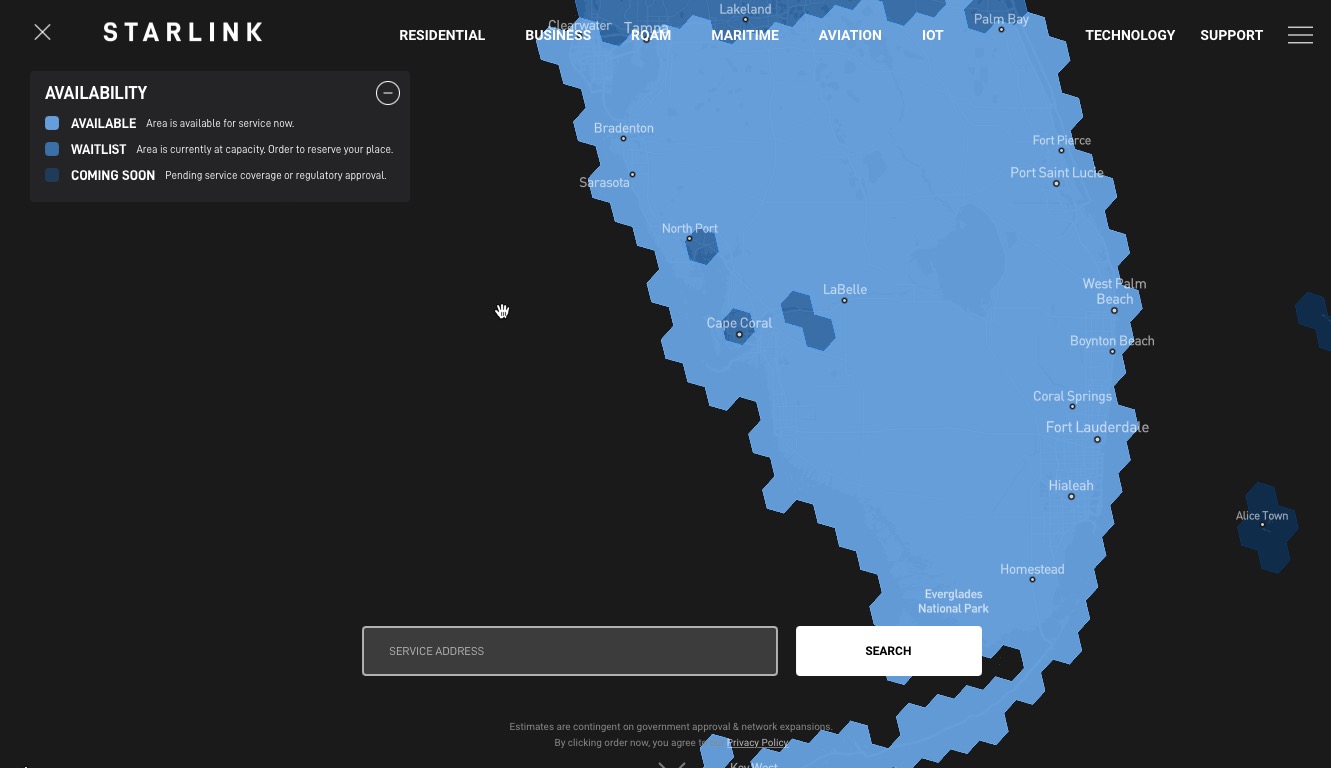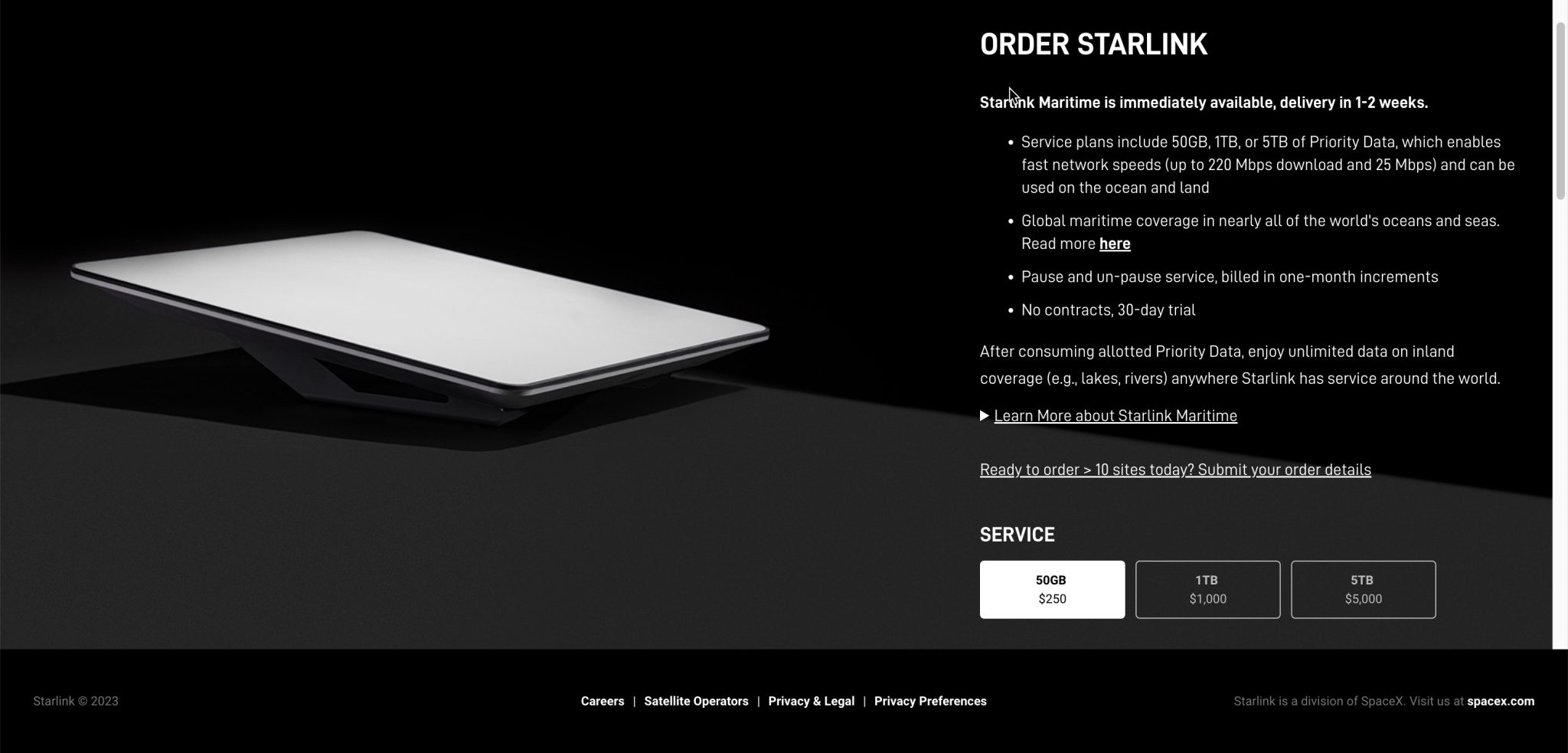
The three options available for Maritime service
Starlink has changed the landscape for those searching for internet connectivity in out-of-the-way places. If those out-of-the-way places happened to be on land, there have been good and cost-competitive options. But, if you have been after service on open water, the options have been less affordable. However, as I mentioned in my last update, there seems to be little Starlink likes more than change, so it shouldn’t come as a shock; there’s more change. This time that change brings a Maritime plan that may be in reach of many recreational boaters.
A note: all prices in this article are quoted in U.S. dollars. Starlink seems to set their prices in USD and then convert to local currency. Occasionally, they may run a promotion that makes one country dramatically cheaper than these prices.
Maritime launched in July of 2022 with a $10,000 hardware package of two terminals and a $5,000 monthly service plan. It has only been nine months since Maritime was introduced, but there have already been major changes. At its introduction, it seemed Maritime was a service aimed at megayachts and commercial vessels, not recreational boaters.
Starlink has dropped the hardware price from $10,000 for two terminals to $5,000. A few months ago, they introduced priority data caps. The $5,000 monthly plan came with five terabytes of priority data. They also introduced a one-terabyte priority cap for $1,000. And at some point, they moved from two terminals to one with maritime service. With that move came a reduction in hardware cost to $2,500. Maritime service, as far as I know, will not work with the $600 hardware.
Current maritime plans
| Plan | Cost | Priority Data | Cost per GB of priority data |
| 5 terabyte | $5,000 | 5,000 gigabytes | $1.00 |
| 1 terabyte | $1,000 | 1,000 gigabytes | $1.00 |
| 50 gigabyte | $250 | 250 gigabytes | $5.00 |
Until now, there have been two Maritime service plans, five terabytes for $5,000 per month and one terabyte for $1,000 per month.But now, there’s a new, cheaper option. For $250 a month, you get 50 gigabytes of priority data. That’s five times the cost per gigabyte for prioritized data, but, as we will talk about more in a minute, there’s a lot of value to this plan. Prioritized Maritime traffic offers download speeds from 50-220 megabits per second.

About a month ago Starlink changed the behavior after the priority data allocation was exhausted. Previously, service would continue but at a limited 1 Mbps upload and download. Now, instead of limiting throughput, your location determines the outcome. Promotional emails suggest additional prioritized data will cost $2 per gigabyte.
Roam, as the RV service is now known, says very clearly that it may only be used on land. Currently, it works, but Sean Welsh has a good post on Loose Cannon about the danger of taking Starlink’s status quo as a predictor of the future.
Maritime with the flat high-performance terminal has been the only service and hardware approved for use on a boat. But, until now, its cost has put it out of reach for many, if not most, recreational boaters. The introduction of the $250, 50-gigabyte maritime plan gives boaters a more affordable on-the-water option that stays within the terms of service (TOS).
Compared to Roam


Let’s compare the $250 Maritime with Roam. There are two Roam offerings, one that works within a continent and another, Global Roam, that works anywhere in the world. But, the terms of service restrict both plans to land. Continental Roam is $150 a month and Global Roam is $200 a month. But Global Roam currently can’t be activated with the flat, high-performance terminal. So, for $50 a month more than Global Roam, you get coastal and on-land service with 50 gigabytes of offshore data and the ability to use that data in motion.
The wording of the Roam service descriptions above caught my eye. Previously, Starlink has said (and the TOS still do) that Roam is only for use on land. Now, the description says it’s not permitted for use on the ocean. There’s a lot of water that’s not the ocean, so I think this might be a positive direction.
However, there’s a big question in my mind that’s left unanswered in Starlink’s currently available information. That is, does data consumed inland count against the 50 gb cap? If a boater uses 50 gb of data (or more) while at port and then leaves the dock mid-month for a long, open water passage, will they have already exhausted their 50 gb allotment? If so, that significantly devalues the service. Current speculation I’m reading suggests that indeed, inland usage will likely deplete that 50gb cap. I’m hopeful that might be changed, otherwise, it will be difficult to for users to take advantage of their priority data.
Like Roam, Martime plans can be suspended on a month by month basis. Early anecdotes from RV plan subscribers suggested that process was often bumpy. Fortunately, recent reports seem to suggest things are getting better.
Is 50 gb enough?

First, let’s acknowledge the highly first world nature of determining if your satellite internet connection will deliver enough data for your trans-ocean voyage. I also think it’s highly relevant to note that at $250 Starlink is minimally an order of magnitude cheaper than any other satellite internet option and likely to deliver better performance as well. But, because Starlink’s model has been to allow their service to operate well beyond what’s promised in the terms of service, users are often upset when the service is pared back to what’s in the TOS. A read of the comments on several of the Starlink Facebook groups shows this clearly.
Keep in mind that the faster throughput performance you get, the faster you can use up your 50 gb data bucket. In fact, at Starlink’s 200 Mbps quoted rate, it is theoretically possible to transfer 50 gigabytes in just 33 minutes!

However, if one is more judicious in your use, it’s also possible to really stretch that out. Without streaming or large file transfers, stretching 50 gigabytes over a month doesn’t sound too hard. Take a look at the table above of usage estimates from a whistleOut article on selecting cell phone rate plans. If these estimates are accurate, 50 gigabytes will get you 588+ hours browsing Facebook and even more web browsing.
The typical needs of a cruiser, checking weather, staying in touch with those on shore, perhaps a bit of web browsing, and maybe even some voice-over IP phone calls is likely to total in the tens or hundreds of megabytes. That traffic will barely dent your allocation. Leaving room for some entertainment, though maybe not extensive streaming.
Lastly, at $2.00 per additional gigabyte, the impact of exceeding your allocation doesn’t have to be costly. If you’re in the last leg of an open water trip and just need to check the weather, send and receive a few emails, and perhaps some texts, it’s likely one or two gigabytes will get that done.
What is inland?

Starlink has used mutliple terms when describing where their service is approved. Sometimes they’re quite clear, like when they say the service is to be used on land. But, sometimes, like in the case of Maritime, they use the term inland and include in parentheses lakes and rivers. I found one screenshot of a response from Starlink support seeking clarity on this definition. Sadly, I can’t find it again — though I’ll update the article if I do — but the response was logical. The support rep pointed out that the coverage map uses hexagons to show each cell of coverage. The rep also explained that if there’s land in the cell, that’s considered an inland cell, without land in the cell, it’s an open water cell.
Only time will tell if that response accurately describes how they’re determining the classification of a location. If it proves innacruate, it certainly wouldn’t be the first time a Starlink support rep’s information has been debunked.
Final thoughts
There’s no doubt, compared to the single, $100-a-month service Starlink offered at launch, things have gotten more complex and more expensive. But, they are also delivering more value, coverage, and options than the launch service. With the cavaet of concern for how inshore data affects the 50 gigabyte priority allocation, I think Starlink has an option that addresses what many recreational cruisers are after.

